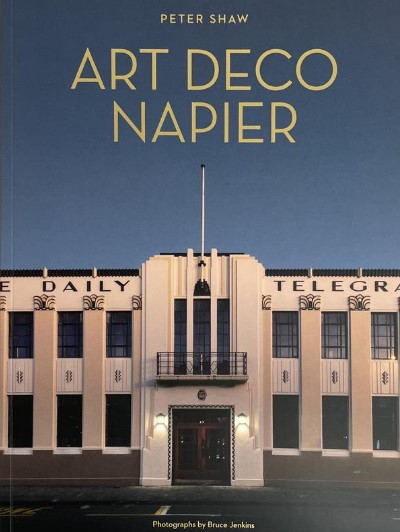
The Art Deco Capital of the World!
Napier, a brief history
Napier has a well-established Māori history with Ngāti Kahungunu being the dominant iwi in the area, and one of the first tribes to encounter European settlers.
The people of Ahuriri/Napier descend from an ancient people 15 generations before the arrival of the great migration from the Pacific, which the waka Takitimu was part of. Before the settlement of Ngāti Kahungunu, the main tribal settlements were Ngāti Awa, Ngāti Whatumamoa, and many others who settled around the great harbour Te Whanganui a Orotū.
The two major Pā in the Ahuriri region were Ōtātara to the south and Heipipi to the north. Islands in the lagoon (raised in the 1931 earthquake) were used as fishing bases, and the fertile land on the shores was favoured for dwelling and cultivation.
Fresh and saltwater mixed in the lagoon – it was a place of abundance, supporting resources such as pātiki, koura, pipi, mussels, paua, and karengo. The mokimoki fern grew on Pukemokimoki hill, which once stood off the western corner of Mataruahou (Napier Hill). Mokimoki fern was highly prized by local iwi, and provided a sweet, scented oil used on the body.
The name Ahuriri comes from the chief Tu Ahuriri, who carved a new channel into the lagoon at Ahuriri when the entrance became blocked, threatening the land that surrounded the lagoon.
The area was first sighted by Europeans in 1769. Traders, whalers, and missionaries visited, and permanent settlement began after 1854. Over the 60 years after it was established as a borough in 1874, Napier steadily developed, mainly due to expanding activity at the port and developing the surrounding rural land.
The major 1931 earthquake raised some 4,000 hectares of seabed within the city, which was progressively used for residential, industrial, and commercial development. The extensive rebuilding that took place in the 1930s is the reason for Napier’s Art Deco flavour. Following World War II, further industrial development was encouraged in Napier. The city’s progress has been heavily dependent on the success of farming, horticulture, forestry, wine making, processing, and tourist attractions in the surrounding area.
Napier has now evolved into a modern and attractive key regional centre, providing a quality lifestyle with a wide range of services and social and economic opportunities for its citizens.
Enhanced by palms and the angular Norfolk Island pines which are its trademark, and surrounded by fertile fruit and grape growing plains, dramatic hills and the shores of the South Pacific, beautiful Napier is the centre of Hawke’s Bay, recently named a World’s Great Wine Capitals.
Art Deco Napier book

A history and guidebook to Art Deco Napier. Text by Peter Shaw, photographs by Bruce Jenkins. Art Deco Napier is available from the Art Deco Centre, 7 Tennyson Street, Napier or by clicking here.
1931 Earthquake
Time:
10.46am, Tuesday February 3, 1931.
Magnitude:
7.8 on the Richter Scale (10-11 on the Modified Mercalli Scale of felt intensity) across Hawke’s Bay area.
Epicentre:
(Estimated) 20Kms north-north-east of Napier just off the coast near Tangoio and Waipatiki.
Focus:
Shallow, at approximately 16 kilometres.
Duration:
2.5 minutes, with a 30 second lull in the middle.
Aftershocks:
Approximately 150 in the 12 hours post-earthquake. 525 in the 14 days post-earthquake.
Deaths:
Napier 157
Hastings 101
Wairoa 3
Total: 261
1931 Population:
Napier 16,025
Hastings 10,850
Taradale / Havelock North 3125
Total: 30,000


Discover Napier with the Trust
Explore the charm of Napier – New Zealand’s Art Deco gem! Unearth its rich history, stunning architecture, and vibrant culture.